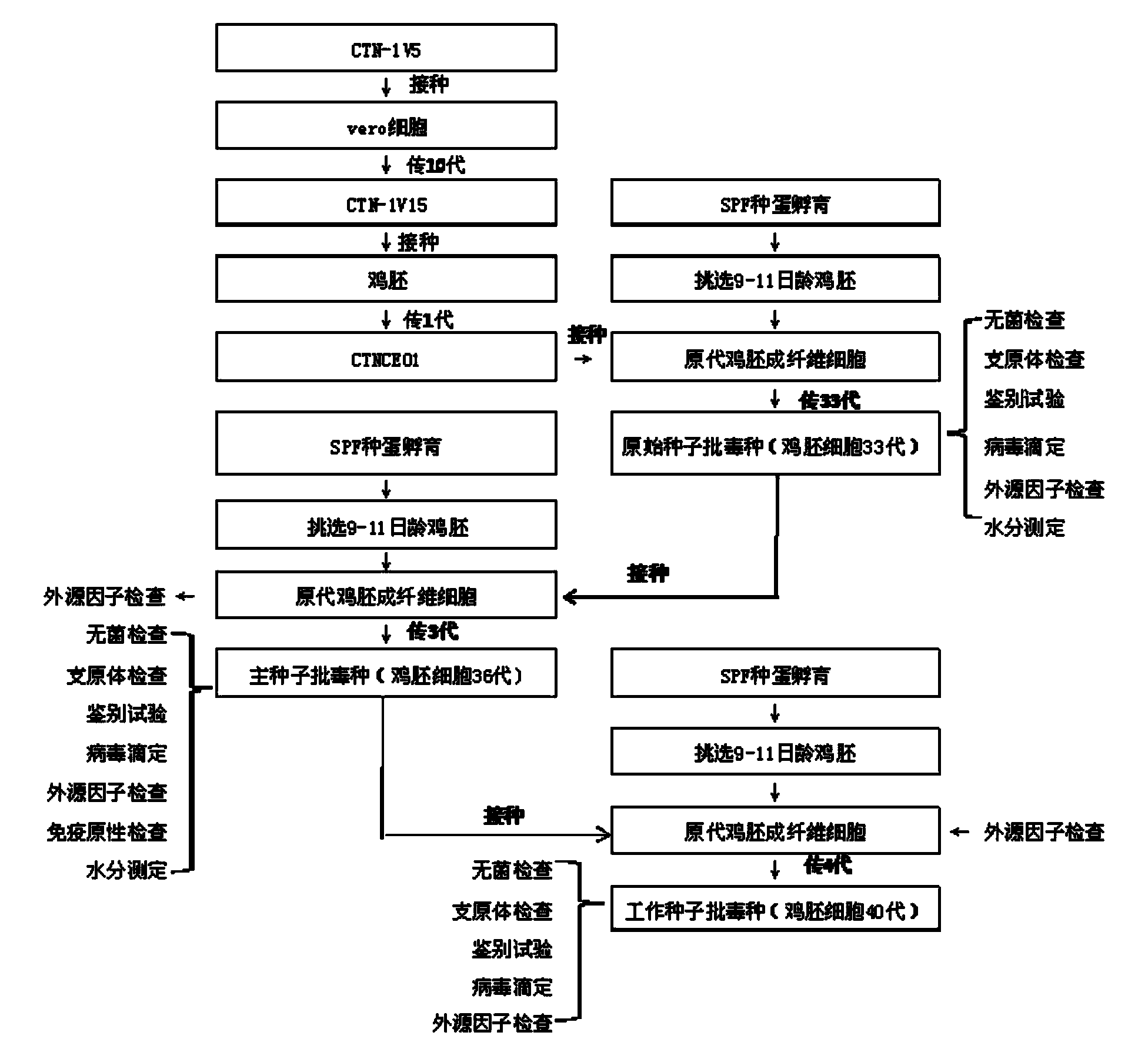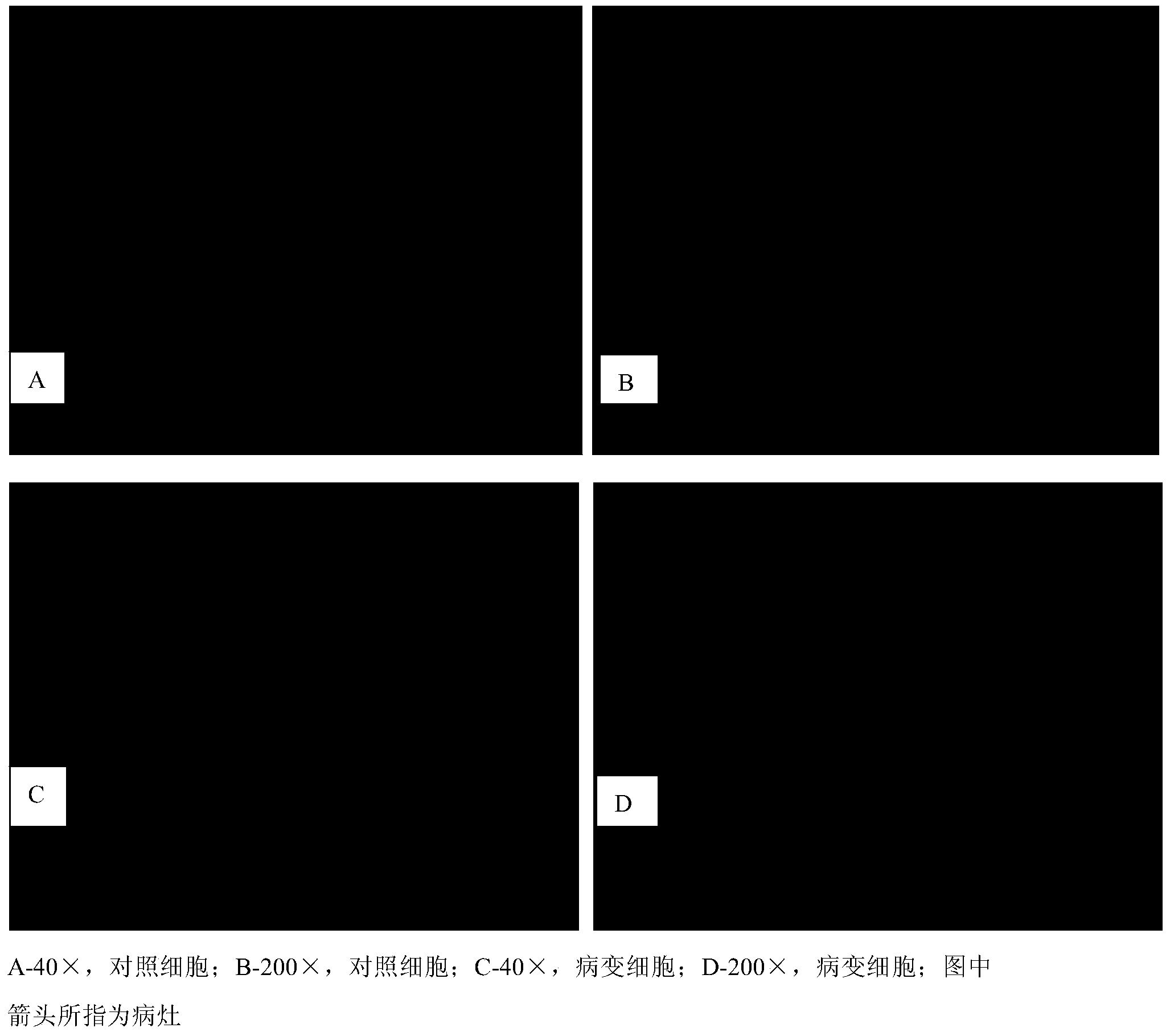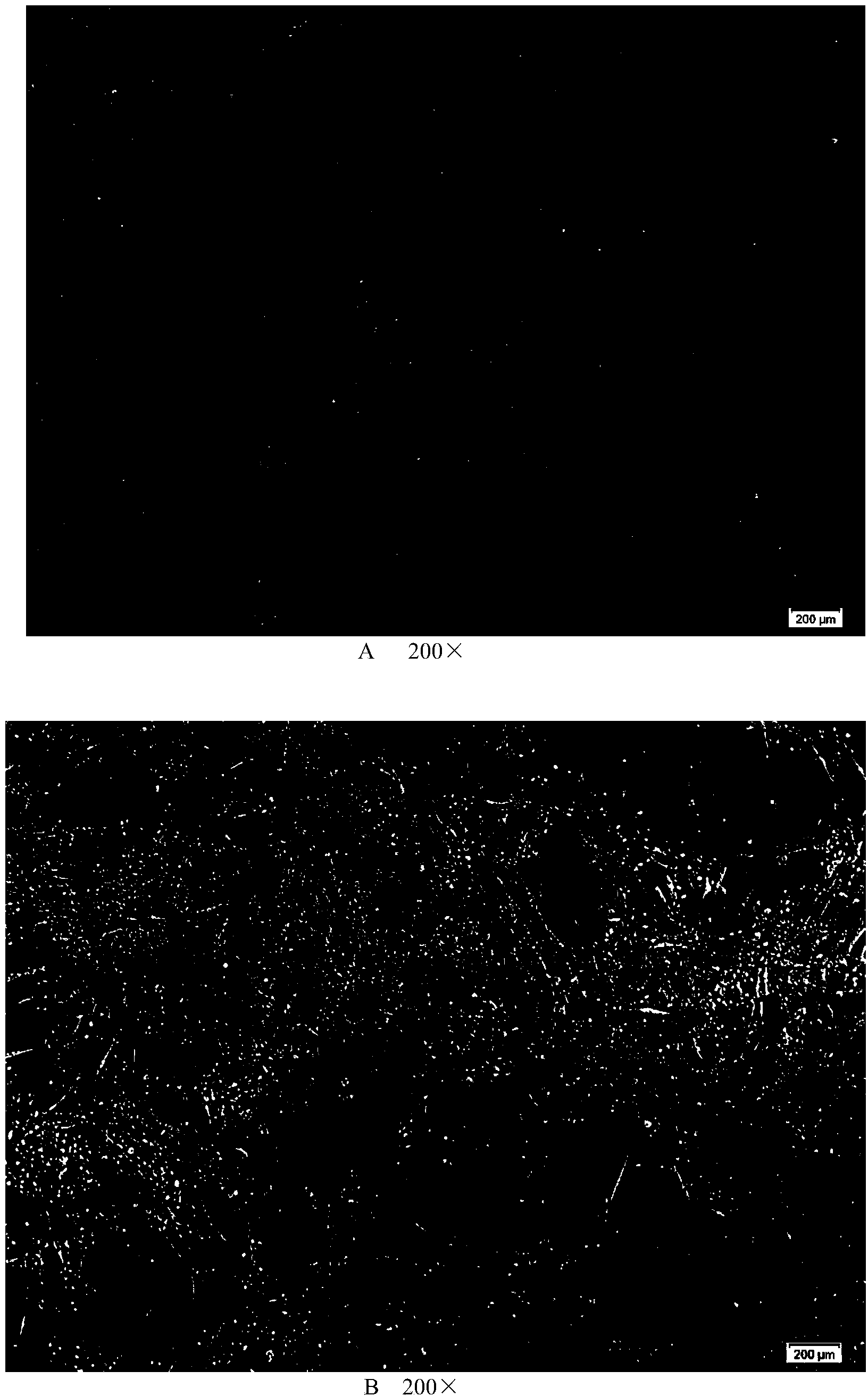Adapting method of rabies virus (RV) CTN-1 strain to primary chicken embryo fibroblast
A rabies virus, CTN-1 technology, applied in the field of rabies vaccine, to achieve good immune protection, good stability and immune protection effect
- Summary
- Abstract
- Description
- Claims
- Application Information
AI Technical Summary
Problems solved by technology
Method used
Image
Examples
preparation example Construction
[0033] The preparation process of the CEC suspension involved in the present invention is as follows:
[0034] Select SPF-grade White Leghorn eggs that have been produced within one week, have normal shape, uniform eggshell thickness, no cracks, and thick protein (Source: Xinxing Dahuanong Poultry Egg Co., Ltd., Address: Lan, Lezhu Town, Xinxing County, Guangdong Province, China Root Wen’s Group Headquarters Houshan SPF field, the same below), put them in an incubator at 37-39°C and a relative humidity of 40-80% for incubation, and use an egg inspection lamp to observe whether they are fertilized eggs and their vitality. Choose 9-11 days old chicken embryos with normal development, visible blood vessels and activities. Soak in 0.2% (m / v) bromogeramine solution for 5 minutes, remove it, put the air chamber upwards on the egg tray, and then disinfect it with 2% (m / v) tincture of iodine and 75% (v / v) alcohol, then move it into the ultra-clean Taiwan. Take out the chicken embryo...
Embodiment 1
[0039] Taking the CTN-1V5 strain as the mother strain, through the comparison and screening of multiple passage ways and processes, it was found that the strains obtained by passage according to the following process routes can gradually adapt to the growth in chicken embryo cells. The chicken embryo cell-adapted strain of rabies virus It was named CTNCEC25 strain.
[0040] Step 1: subculture the CTN-1V5 strain on vero cells to increase the virus titer.
[0041] Use PBS (pH7.4) to make 10-fold serial dilutions of RV CTN-1V5 (from the China Institute for Food and Drug Control, the 5th generation virus of CTN-1 strain vero cells), and then follow the ratio of 1:100 to 1:1000. Proportionally inoculate vero monolayer cells (from China National Institutes for Food and Drug Control, passage 121), absorb at 37°C for 60 minutes, and then add cell maintenance solution (based on 199 medium, add 10% (v / v) of final concentration Bovine serum, pH7.2~8.0), placed at 37℃, 5%CO 2 Cultivate ...
Embodiment 2
[0066] According to the conditions of Step 3 of Example 1, it was continuously propagated to 28 generations, and the 28 generations of virus seeds of RV CTNCEC25 strain were obtained. If the above-mentioned conditions continue to be subcultured, it is found that the virus titer does not continue to rise with the increase in the number of passages (the titer hovers around 6.0-6.5 lgFFU / ml), so in order to further increase the titer of the obtained strain, The invention optimizes the process from the aspects of culture medium formula, culture temperature, MOI, pH value, etc., and the optimized process can increase the titer of the virus strain to more than 7.0 lgFFU / ml. The optimized process parameters are as follows:
[0067] Determine the medium formula: Based on the 199 medium, add appropriate amount of HEPES (4-hydroxyethylpiperazineethanesulfonic acid), bovine serum and human serum albumin to make HEPES (4-hydroxyethylpiperazineethanesulfonic acid) The final content of ser...
PUM
| Property | Measurement | Unit |
|---|---|---|
| Titer | aaaaa | aaaaa |
| Titer | aaaaa | aaaaa |
| Titer | aaaaa | aaaaa |
Abstract
Description
Claims
Application Information
 Login to View More
Login to View More - R&D
- Intellectual Property
- Life Sciences
- Materials
- Tech Scout
- Unparalleled Data Quality
- Higher Quality Content
- 60% Fewer Hallucinations
Browse by: Latest US Patents, China's latest patents, Technical Efficacy Thesaurus, Application Domain, Technology Topic, Popular Technical Reports.
© 2025 PatSnap. All rights reserved.Legal|Privacy policy|Modern Slavery Act Transparency Statement|Sitemap|About US| Contact US: help@patsnap.com



